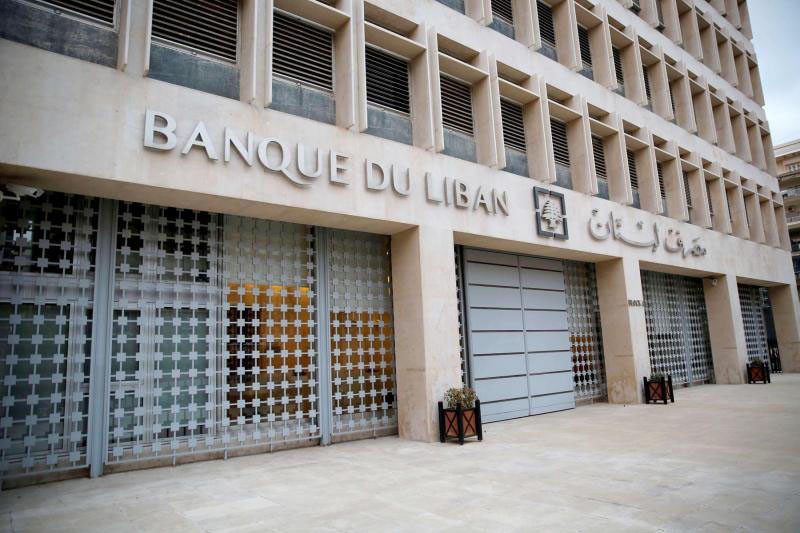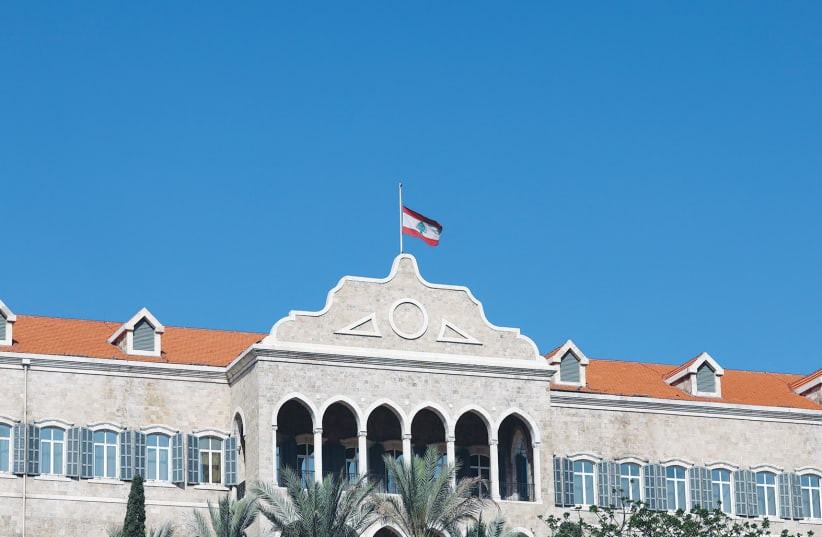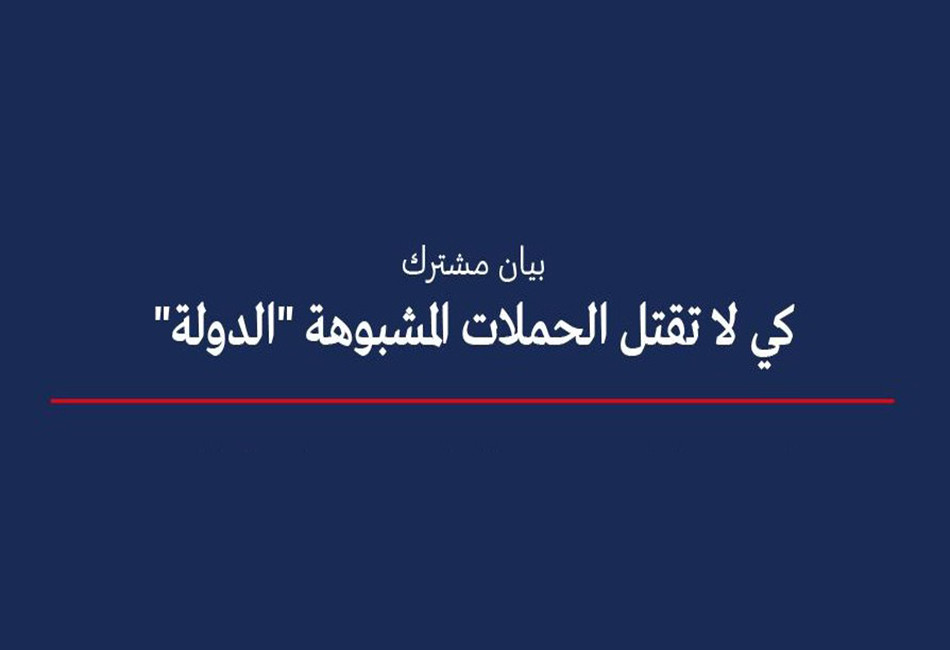The Lebanese Central Bank (BDL) is facing a policy tradeoff between tending to its negative FX position on one hand and ensuring the stability of the financial sector on the other hand. As difficult as this policy choice might be in the context of the current Lebanese macro-fiscal situation, we find that the latest measure taken by BDL fails to give a fair and adequate response to the shortage in USD. We also warn that this measure adds to the increasing socioeconomic damage caused by the failure of Lebanese decision-makers to approach the financial crisis with a comprehensive rescue plan.
BDL issued Circular No. 536 on 12/04/2019, comprising the following decisions, valid for 6 months: (1) restructuring BDL’s foreign currency (FX) debt (both certificates of deposit and direct deposits) through paying out 50% of its FX debt servicing cost in LBP; (2) instructing the banks to pay 50% of the due interest on dollar deposits in LBP; and (3) capping interest rates on new bank deposits at 5% on USD and 8.5% on LBP; with no mention of a cap on lending rates.
Under this circular, banks will continue to receive full USD interest payments from their investments in the Lebanese government’s debt instruments and loans to customers while paying out 50% of their FX cost in LBP at the peg’s official rate. Half of the dollars generated from these revenue streams will be kept on each bank’s balance sheet to be used for recapitalizing equity.
This circular thus raises key concerns in terms of equitability and adequacy:
- First, it requires depositors to bear the full burden of recapitalizing banks without first requiring bank shareholders to bear these costs.
- Second, it requires a reduction in depositor FX balances at every bank, regardless of the financial position or solvency of the bank, essentially imposing an unlegislated tax on every depositor.
- Third, the measure does not distinguish between small, medium and large depositors, meaning that the tax is regressive.
- Fourth, the measure supports the habitual logic of buying time and pushing the problems of the balance of payments crisis and financial sector weakness down the road instead of tackling the issues head on.
Effects of the Circular
Effect on BDL Balance Sheet: This measure brings down BDL’s yearly FX cost from USD 6Bn to USD 3Bn. Considering that the BDL was in a net negative FX position with respect to the commercial banks to the tune of USD 46 billion as of September 2019, this measure will not solve the problem of the BDL’s substantial obligations toward the commercial banks and, ultimately, depositors.
Effect on Commercial Banks’ Balance Sheets: One goal of the measure was to recapitalize the banks and prevent insolvencies. While the measure may save some banks in the short-term by reducing their FX liability cost, the banking sector remains fragile. Barring a miraculous inflow of foreign currency into domestic bank accounts, any further fall in real estate prices, increase in non-performing loans or reductions in payments from the central bank or treasury to the banks would lead to some banks’ capital adequacy ratios falling below Basel’s minimum requirements. In short, this measure does not address financial sector weaknesses.
Effect on Depositors: This measure has first dropped the immediate interest income of dollar savers in Lebanon by 50% (for the next six months). The LBP repayment scheme set by BDL includes an effective haircut of 3% yearly on capital (as average USD rates are 6%). Add to it that the 50% paid in lira with effective informal devaluation of 1/3 as of 12/14/2019 that’s another 1%, hence the yearly haircut is 4%.
Equitability Concern
This measure spreads the burden of the loss equally among all depositors without any differentiation as to the size of their bank accounts. This approach has the same effect on hard earning savers and high net worth individuals who have benefited the most from the financial system.
In the meantime, no measures are taken to restructure the financial sector and restart the flow of credit for individuals and businesses, who, due to the sharp economic contraction, liquidity shortage, and currency devaluation, are suffering from a decreased ability to cover monthly debt installments.
The drop in interest rates benefits the banking system rather than the private sector since it has not led to a reestablishment of credit or relaxation of informal capital controls. Protective measures should not be restricted to bank shareholders and should aid businesses and employees.
In light of the socioeconomic situation, BDL would have been expected at the least to provisionally instruct the banks to take measures to reschedule installments on existing debt obligations, until a new government is formed, and a fair and comprehensive crisis management plan is put in place.
We Call for a Comprehensive Policy Response
Rolling over existing debts and deposits with no restructuring of the banking system adds to the mounting stress on the total balance sheet of the commercial banks, which makes any future haircuts more straining, especially if this policy is prolonged further in time.
Given the magnitude and urgency of the Lebanese financial crisis, we caution against any ad hoc measures which are questionable in terms of equity, adequacy and legality, and are susceptible of leaving the financial sector even more vulnerable down the road.
We call again to anchor policy measures in a comprehensive crisis management plan - including a debt restructuring package, a bank recapitalization plan, and fiscal reforms - which protects the most vulnerable and falls within a medium-term macro-fiscal policy framework that will rebuild internal and external trust in the Lebanese system.




